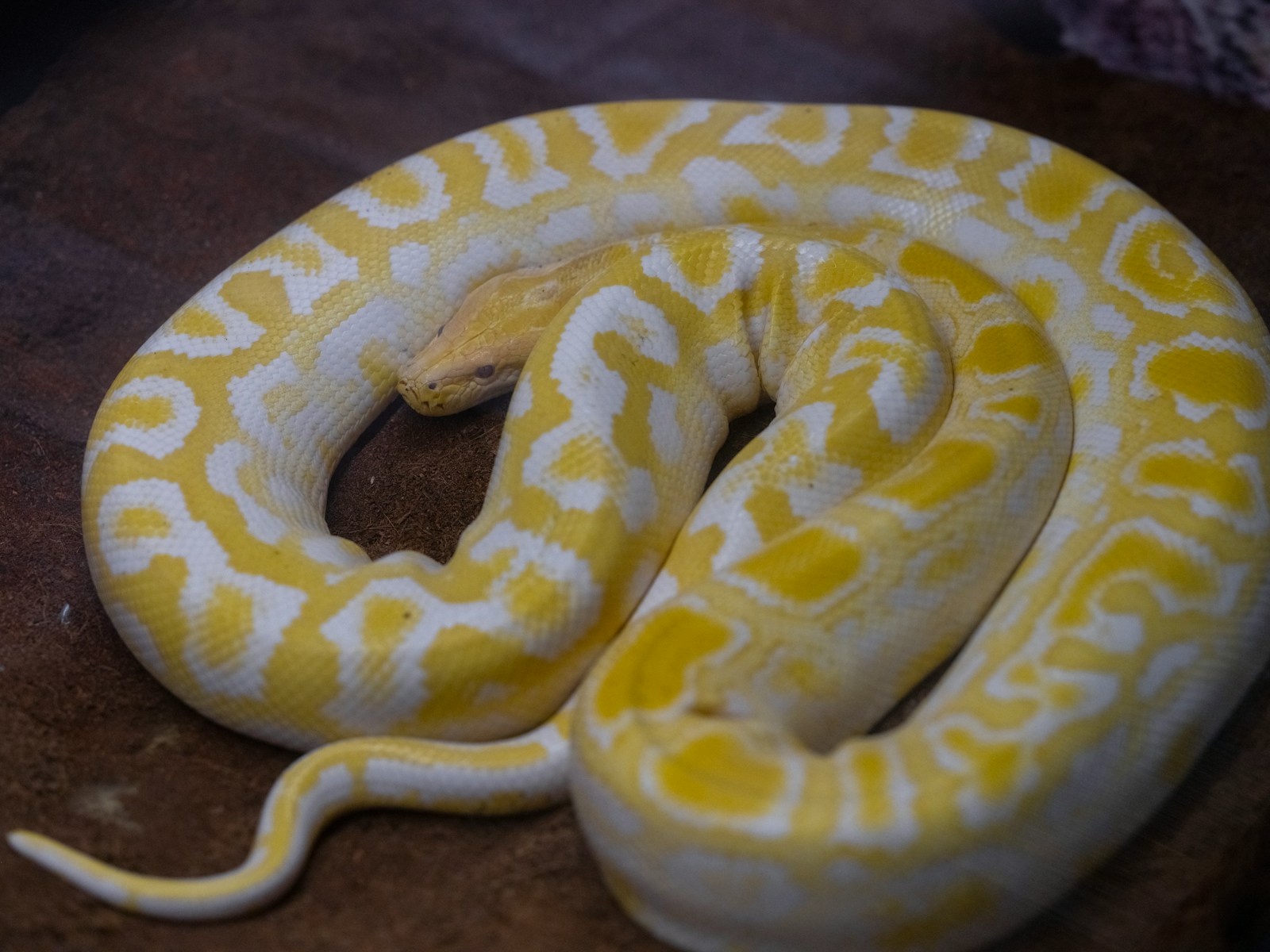When we picture a snake capturing its prey, the classic image of a powerful constrictor like a python or boa often comes to mind – coiling tightly around its victim until it can no longer breathe. However, the world of snake predatory behavior is far more nuanced and fascinating. Many snake species wrap around their prey without applying the deadly squeeze we associate with true constrictors. Instead, they use body coiling as a restraint technique, a position-holding strategy, or even as a defensive mechanism during feeding. This distinction between wrapping and constricting represents an important evolutionary adaptation that has allowed different snake species to thrive in various ecological niches. In this article, we’ll explore the surprising reasons why some snakes wrap but don’t constrict, shedding light on these remarkable reptiles’ diverse hunting strategies.
Understanding True Constriction

True constriction is a specialized hunting method employed by certain snake families, including pythons, boas, and some colubrids. When these snakes constrict, they wrap their muscular bodies around prey and apply increasing pressure with each exhalation of the victim, preventing the prey’s chest from expanding to take in air. Research has shown that constriction causes death primarily through circulatory arrest rather than suffocation, as the pressure prevents blood from properly circulating to vital organs. True constrictors typically possess specialized musculature and neural adaptations that allow them to maintain and increase pressure while monitoring the heartbeat of their prey. This hunting strategy requires significant energy expenditure and has evolved specifically for predators that routinely tackle prey that could potentially escape or injure the snake during the capture process.
The Restraint Wrap: A Different Strategy
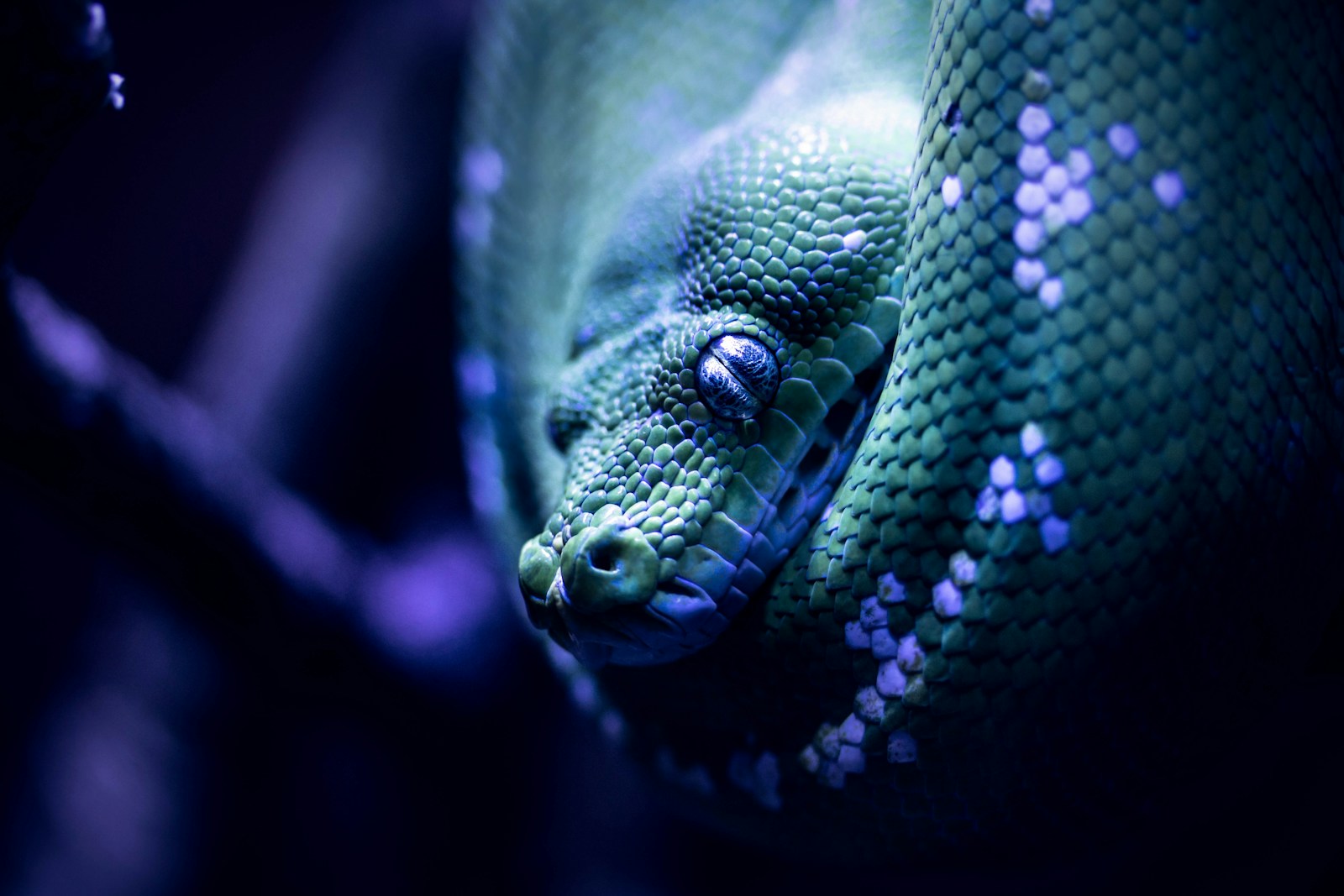
Many non-constricting snake species employ what experts call a “restraint wrap,” which looks similar to constriction but serves a fundamentally different purpose. In a restraint wrap, the snake coils around its prey primarily to immobilize it while delivering venom or preventing escape, without applying the progressive tightening pressure characteristic of true constriction. Certain elapids (like some cobras), vipers, and many colubrid species use this technique as an ancillary hunting strategy alongside their primary weapon system – typically venom. The restraint wrap requires less muscular specialization and energy expenditure than true constriction, making it an efficient adaptation for snakes that rely primarily on other means to subdue prey. These wraps are typically looser, with gaps between coils, and maintain relatively constant pressure rather than the increasing squeeze of true constrictors.
Venom-Assisted Wrapping Behavior
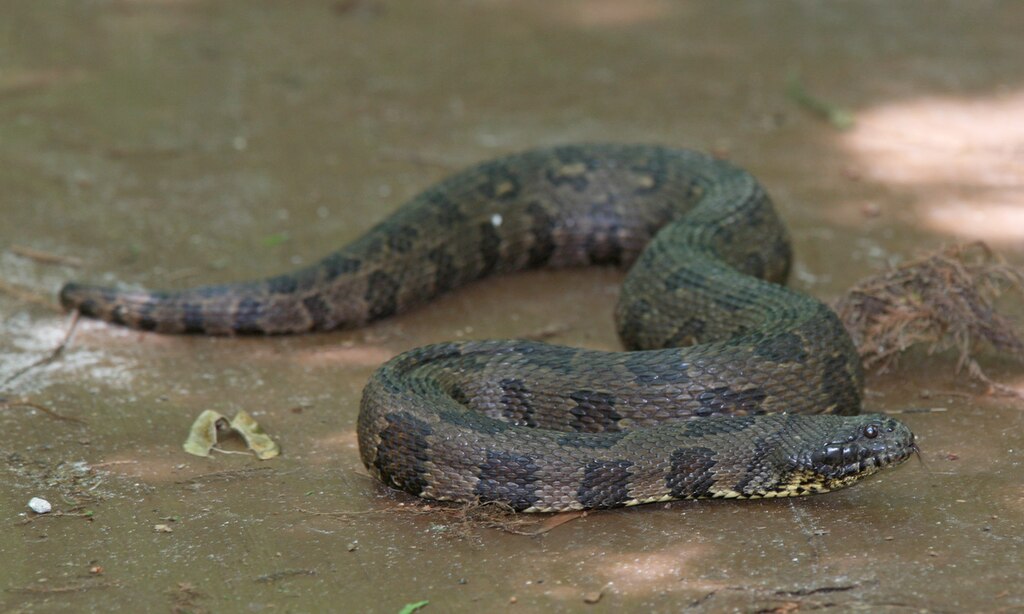
Many venomous snakes combine wrapping behavior with their chemical arsenal in a fascinating hunting strategy that maximizes efficiency. After delivering an initial venomous bite, species like certain rattlesnakes and copperheads may loosely wrap around their prey to hold it in place while the venom takes effect. This behavior reduces the risk of losing track of the prey if it manages to move away before succumbing to the venom’s effects. The wrap serves as a positioning tool rather than a killing mechanism, allowing the snake to maintain contact with its meal until it’s safe to begin ingestion. Some studies suggest this behavior may have evolved as an intermediate stage between purely venomous hunting and true constriction in certain lineages. This combination of strategies demonstrates the remarkable behavioral plasticity of snakes, allowing them to adapt their hunting techniques to specific prey and environmental conditions.
Evolutionary Origins of Wrapping Behaviors
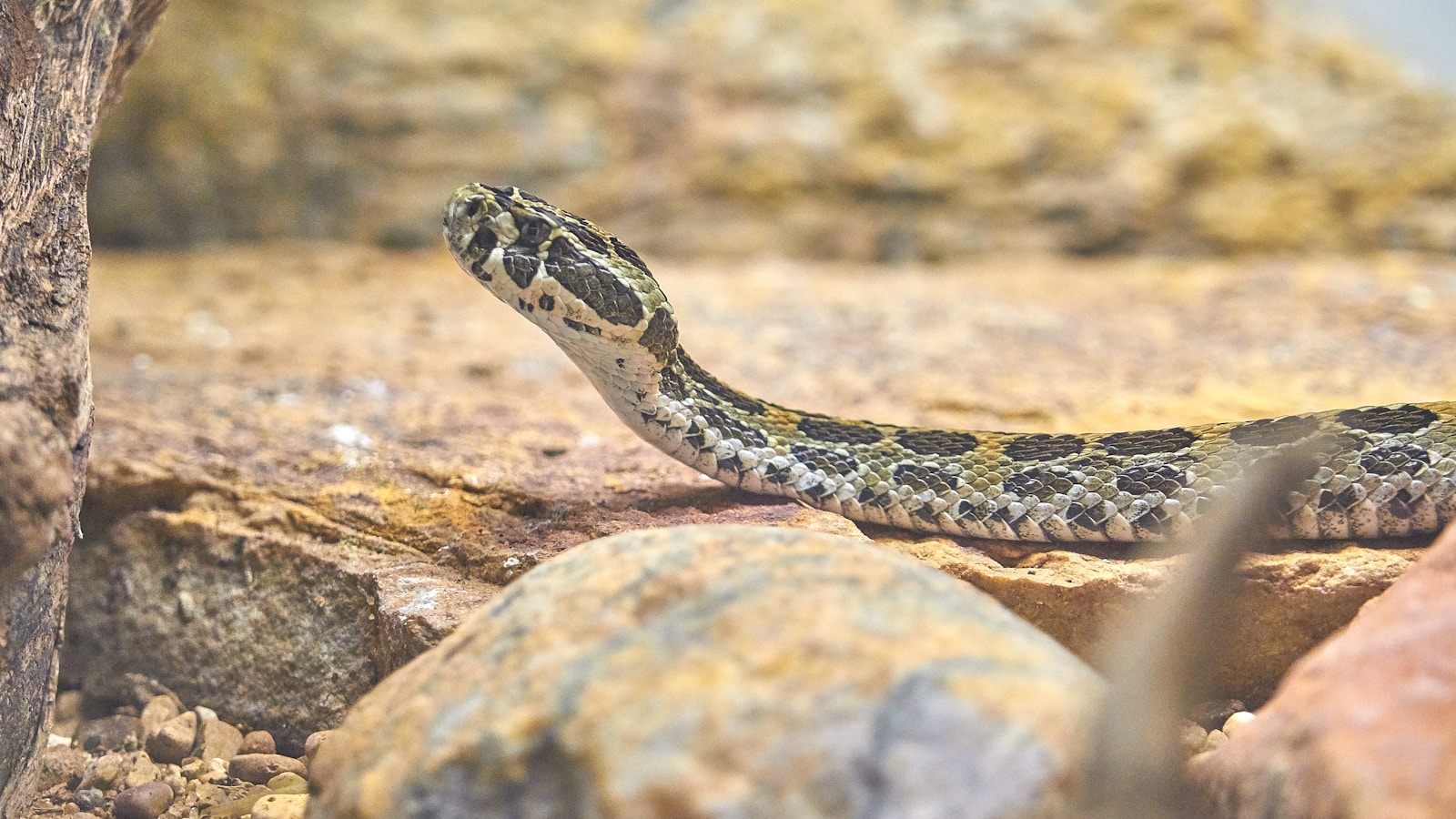
The evolutionary history of snake wrapping behaviors reveals a fascinating progression from simple restraint to specialized constriction. Paleontological and genetic evidence suggests that the ancestral condition for most snakes likely involved some form of body-wrapping to restrain prey, with true constriction evolving independently multiple times across different lineages. Early snakes probably used body loops to pin prey against surfaces, which gradually developed into more sophisticated wrapping techniques. Studies of transitional species that show intermediate behaviors provide evidence for how these hunting strategies evolved. Evolutionary biologists theorize that the progression from simple wrapping to true constriction correlates with shifts in prey type, particularly as snakes began to target larger or more dangerous prey items. This evolutionary framework helps explain why we see such diverse wrapping behaviors across the snake family tree, with each variation representing adaptations to specific ecological pressures.
Defensive Wrapping During Feeding
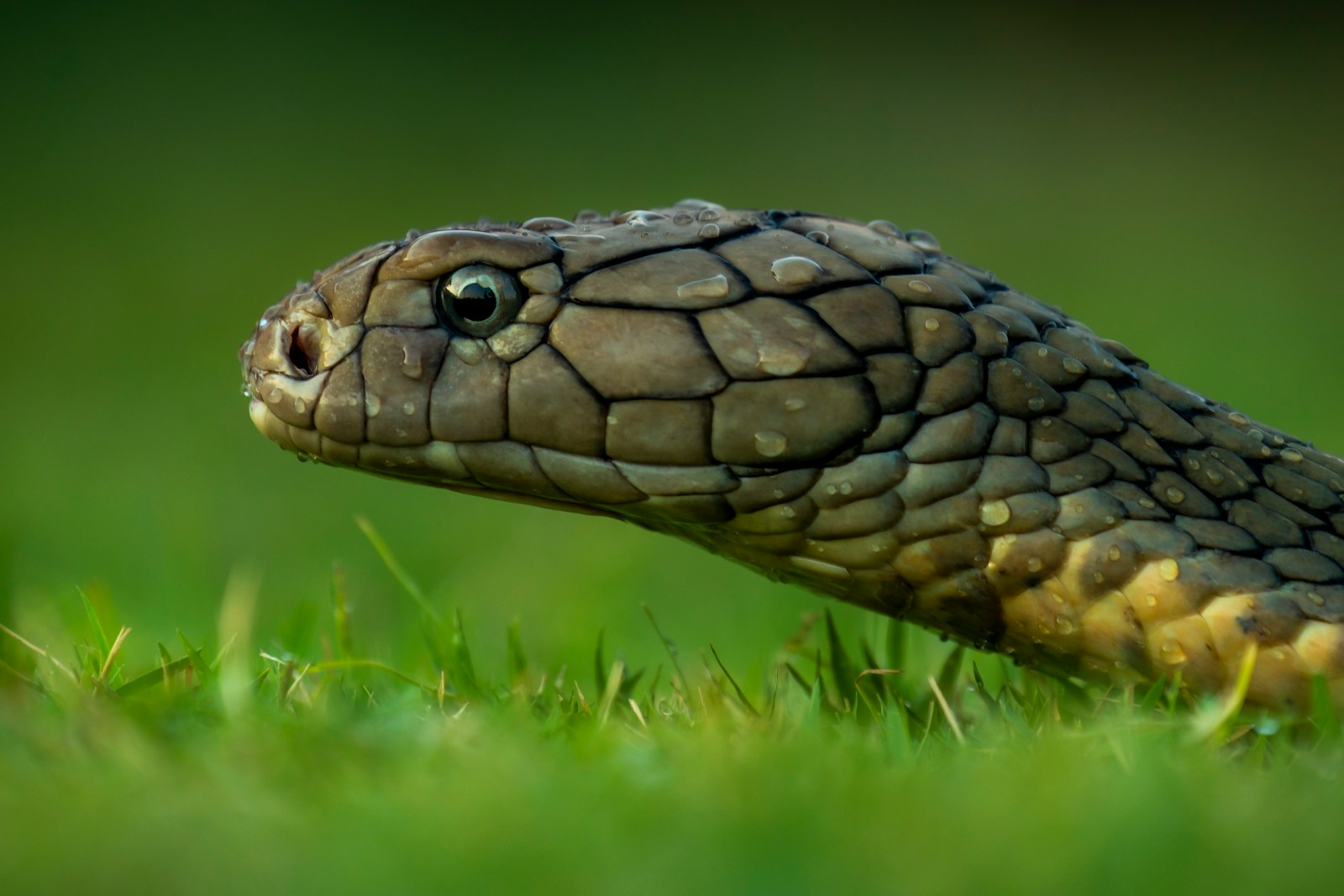
Some snakes employ wrapping not primarily to subdue prey but as a defensive posture during the vulnerable feeding process. When a snake is swallowing prey, it is particularly exposed to potential predators and cannot easily flee or defend itself. Species like certain kingsnakes and rat snakes may wrap their bodies around larger prey items while feeding, not to kill through constriction but to create a stable platform that allows for more efficient swallowing. This wrapping behavior also enables the snake to quickly release the prey and escape if threatened during feeding. Herpetologists have observed that this defensive wrapping is more common in environments with higher predator density or when snakes are feeding in exposed locations. The behavior represents an elegant solution to the vulnerability problem faced by snakes during their typically slow consumption process.
Species-Specific Wrapping Techniques

Snake wrapping behaviors demonstrate remarkable diversity across different species, with each having evolved specific techniques suited to their ecological niche. Kingsnakes, which frequently prey on other snakes, often employ a distinctive wrapping technique that immobilizes their ophidian prey without the full force of constriction, preventing counterattacks from venomous victims. Certain arboreal species have developed specialized wrapping methods that secure prey against branches, leveraging the environmental structure as an anchor point. Aquatic snakes display unique underwater wrapping behaviors that account for the different physics of prey restraint in liquid environments. Some species, like certain hognose snakes, show variable wrapping behaviors depending on prey size and type, using more extensive wrapping for larger or more mobile prey while employing simple pinning for smaller items. These species-specific adaptations highlight how wrapping behaviors have been fine-tuned through natural selection to match each snake’s particular hunting strategy and ecological context.
Physiological Differences in Muscle Structure
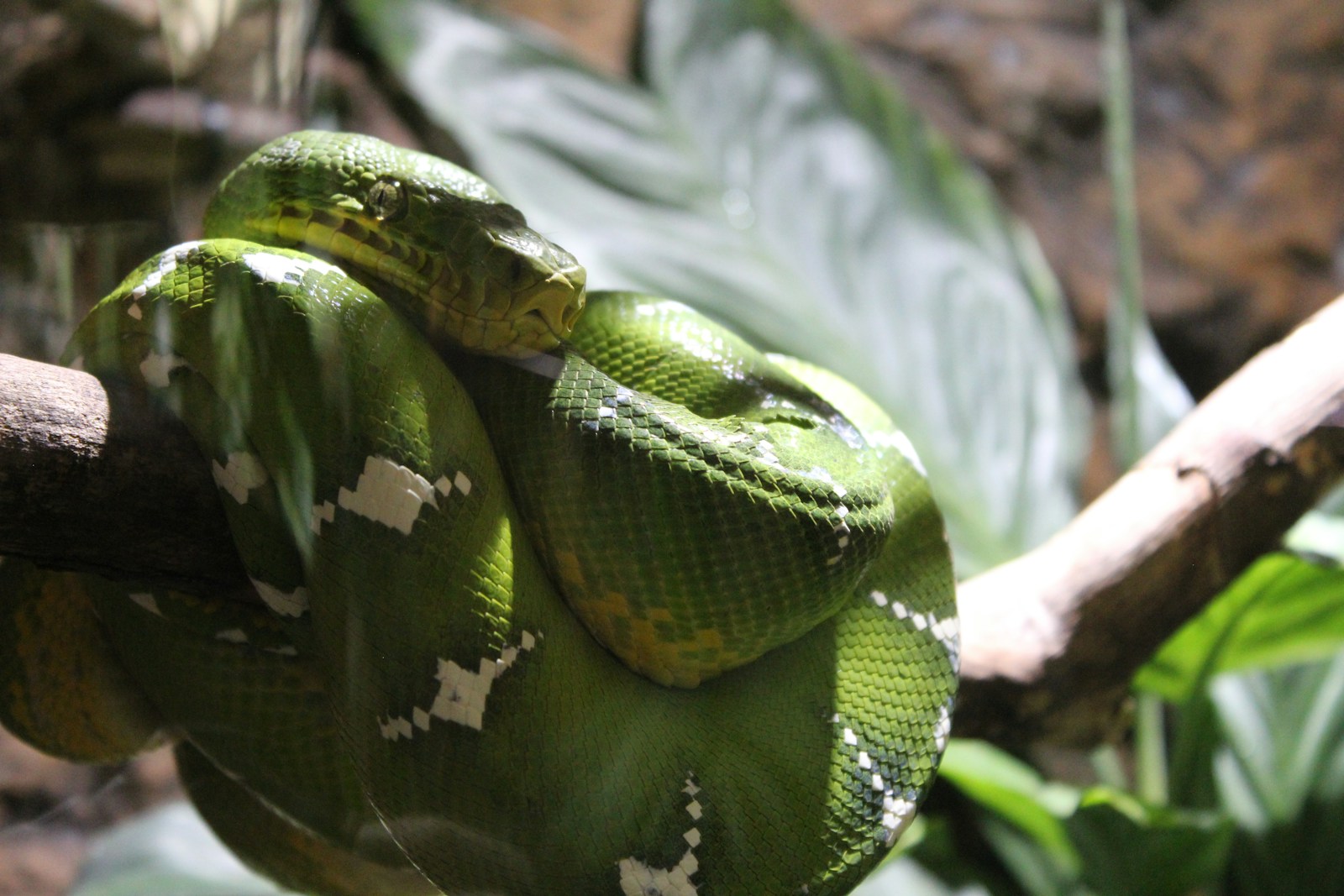
The physiological distinctions between constricting and non-constricting snakes are substantial, particularly in their muscular anatomy. True constrictors possess specialized muscle fiber compositions with higher proportions of fatigue-resistant fibers that enable prolonged squeezing, along with enhanced neural feedback systems that allow them to monitor and respond to prey movements within their coils. Non-constricting species that wrap prey typically have less specialized musculature with standard proportions of fast-twitch and slow-twitch fibers, sufficient for brief restraint but not optimized for sustained pressure application. Comparative anatomical studies have identified differences in the organization of epaxial muscles (those along the spine) between constrictors and non-constrictors, with true constrictors showing elaborate interconnections that facilitate coordinated constriction force. The cardiovascular systems of constrictors also show adaptations that support the high-energy demands of constriction, including enhanced blood flow to crucial muscle groups during hunting. These physiological differences clearly delineate constrictors from species that merely wrap, reflecting the specialized nature of true constriction as a hunting adaptation.
Prey-Specific Adaptations in Wrapping
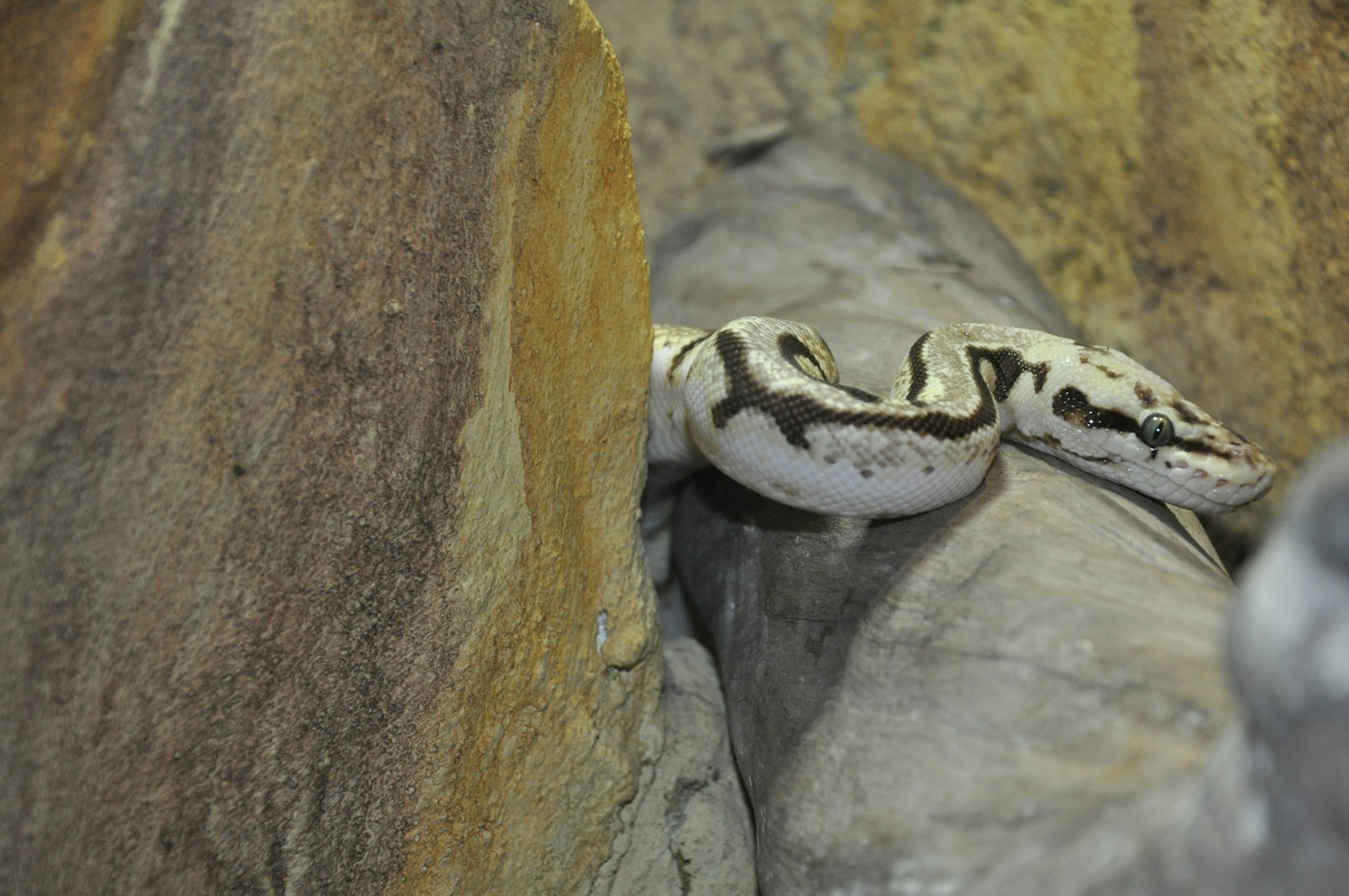
Snake wrapping behaviors show remarkable plasticity depending on the specific prey being targeted, with many species adjusting their technique based on prey characteristics. When facing dangerous prey like other snakes or rodents capable of inflicting injury, many colubrids employ protective wrapping techniques that minimize their exposure to teeth or claws while maintaining control. For prey with specialized escape abilities, such as lizards that can autotomize (shed) their tails, certain snake species have evolved wrapping methods that secure the prey’s head and forward portion to prevent such defensive tactics. Some specialized feeders, like egg-eating snakes, use body loops not for restraint but for leverage to manipulate and position their unusual food items. Research has documented that individual snakes can modify their wrapping behavior based on experience, with older specimens often showing more refined and energy-efficient wrapping techniques compared to juveniles. This prey-specific adaptation demonstrates the sophisticated nature of snake feeding behaviors, which involve complex decision-making processes rather than rigid, instinctual responses.
Energy Conservation in Wrapping vs. Constricting
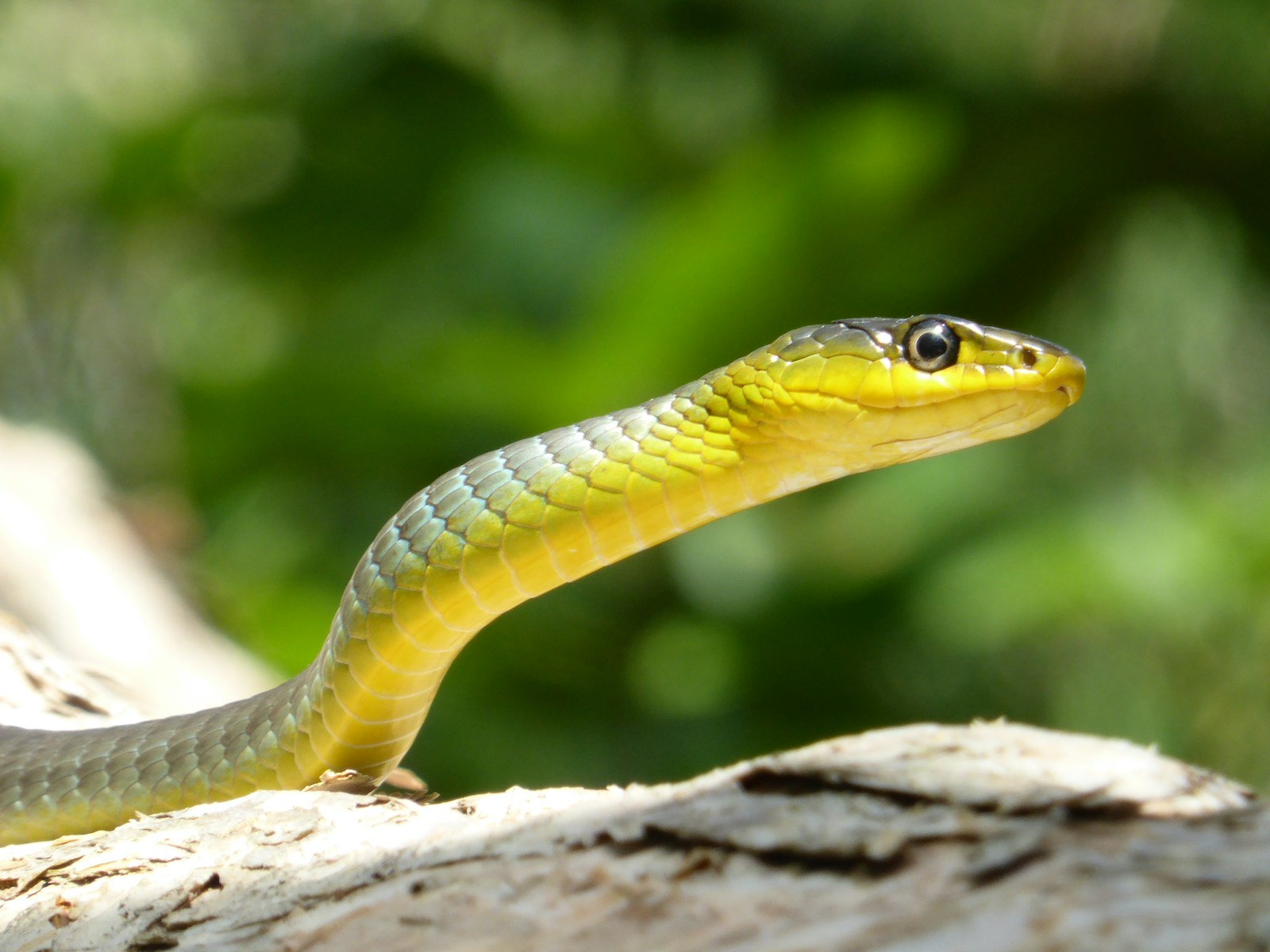
The energy economics of different snake predatory strategies reveal why wrapping without constriction can be an advantageous adaptation for many species. True constriction is metabolically expensive, requiring sustained muscular effort and elevated oxygen consumption rates that can increase a snake’s metabolic rate by up to 800% during the hunting process. In contrast, simple wrapping for restraint purposes demands significantly less energy, with studies measuring 50-60% lower oxygen consumption compared to active constriction for similar-sized snakes. This energy efficiency becomes particularly important in species with infrequent feeding opportunities or those living in resource-limited environments. For venomous species that use wrapping as a secondary strategy, the combination of chemical weaponry and minimal-effort restraint represents an optimal energy investment strategy. Bioenergetic research has shown that non-constricting wrappers typically return to baseline metabolic rates much faster after prey capture than true constrictors, allowing them to recover more quickly after feeding events.
Behavioral Flexibility in Snake Restraint Methods
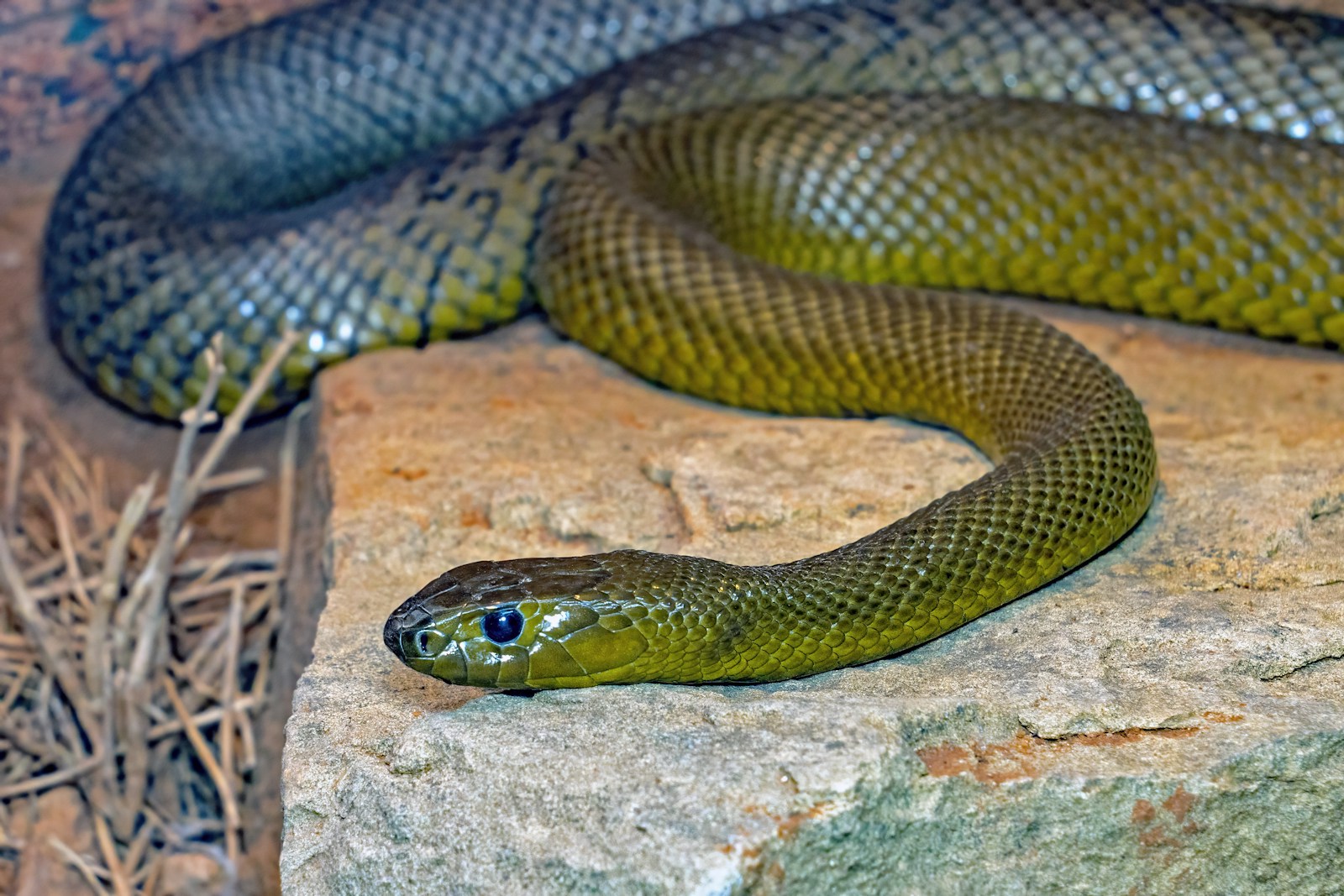
Many snake species display remarkable behavioral flexibility in their use of wrapping techniques, adjusting their strategy based on environmental conditions and feeding circumstances. Studies have documented individual snakes alternating between true constriction, loose wrapping, and simple pinning depending on prey size, struggle intensity, and the physical environment where the encounter occurs. This adaptability is particularly evident in generalist predators like rat snakes, which might fully constrict a struggling rodent but merely apply restraining loops to a less mobile lizard. Environmental factors such as branch availability, water depth, or substrate type can significantly influence how a snake restrains its prey, with the same species employing different techniques across varied habitats. Research using high-speed videography has revealed that some species make split-second decisions about wrapping intensity based on initial prey responses, escalating from simple restraint to more forceful wrapping if the prey demonstrates greater escape potential. This behavioral plasticity represents a sophisticated form of predatory decision-making that optimizes effort according to necessity.
The Role of Wrapping in Snake Feeding Biomechanics

Beyond prey capture, wrapping plays a crucial role in the complex biomechanics of snake feeding, particularly during the manipulation and positioning phases that precede swallowing. Many non-constricting species use body loops to orient prey for optimal consumption, typically positioning it head-first to streamline the swallowing process. These wrapping behaviors help overcome the physical challenges snakes face as limbless predators attempting to manipulate objects in three-dimensional space. Biomechanical analysis reveals that wrapping provides mechanical advantage through leverage principles, allowing relatively small head movements to generate significant forces for prey manipulation. For species that consume disproportionately large prey, wrapping serves as a stabilizing mechanism during the extended swallowing process, which may take hours for large meals. Research using force sensors has demonstrated that even non-constricting species apply precisely controlled pressure during these manipulation wraps, maintaining just enough force to secure the prey without expending unnecessary energy.
Ecological Niches and Wrapping Strategies
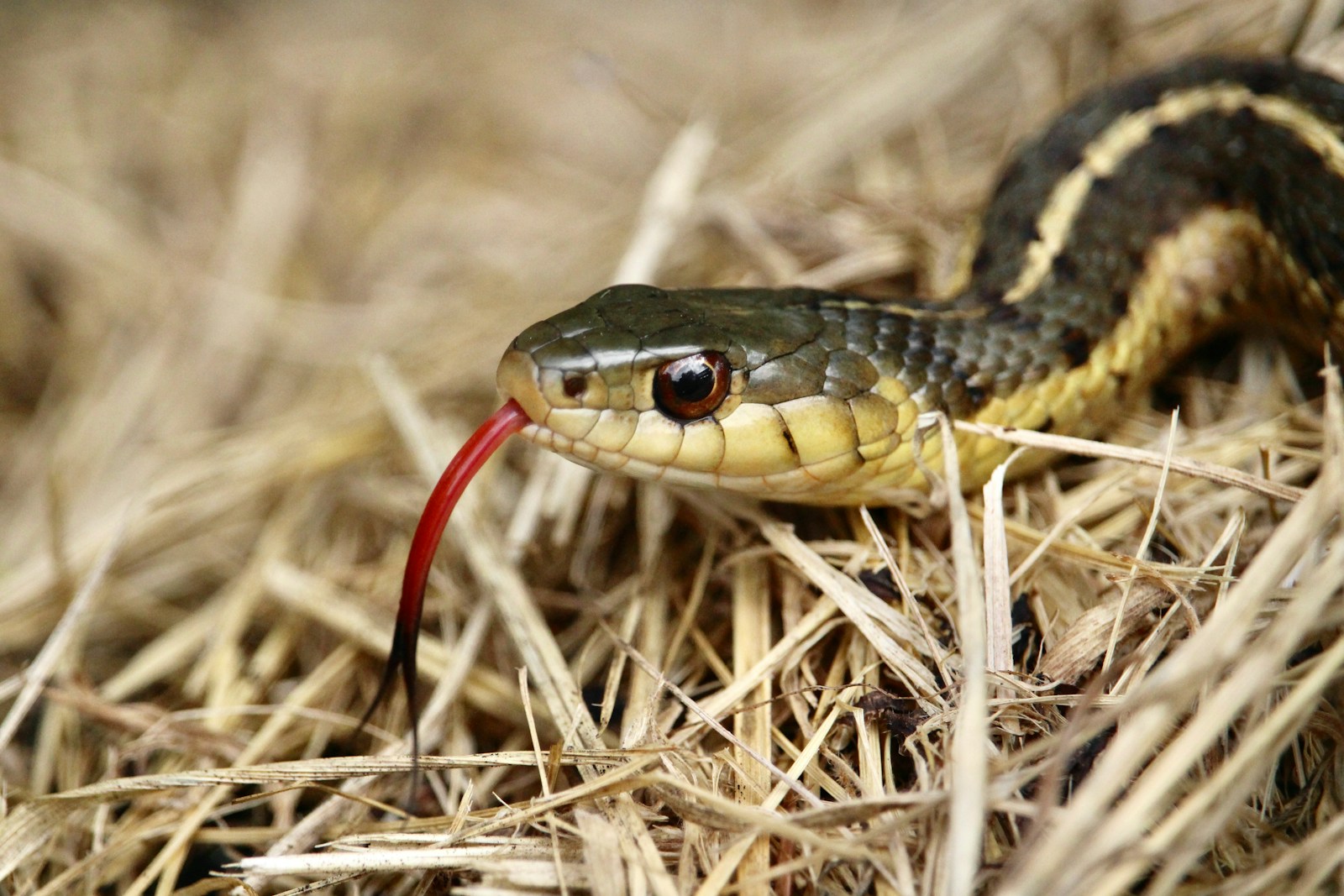
The diversity of wrapping behaviors across snake species correlates strongly with their ecological niches, reflecting specialized adaptations to specific habitats and prey communities. Arboreal specialists often employ wrapping techniques that incorporate branch structure, using the environment itself as an anchor point to increase restraint effectiveness while minimizing the energy required. Aquatic species demonstrate modified wrapping behaviors that account for the buoyancy and different escape dynamics of underwater prey, often using looser coils but more complex body positioning. Desert-dwelling snakes typically exhibit energy-efficient wrapping strategies that minimize exertion in their resource-limited environments, relying more on precise positioning than muscular force. The correlation between habitat type and wrapping technique is so strong that herpetologists can often predict a species’ restraint strategy based solely on its ecological profile. These ecological adaptations highlight how natural selection has fine-tuned snake hunting behaviors to maximize effectiveness within specific environmental contexts.
Future Research Directions in Snake Behavior
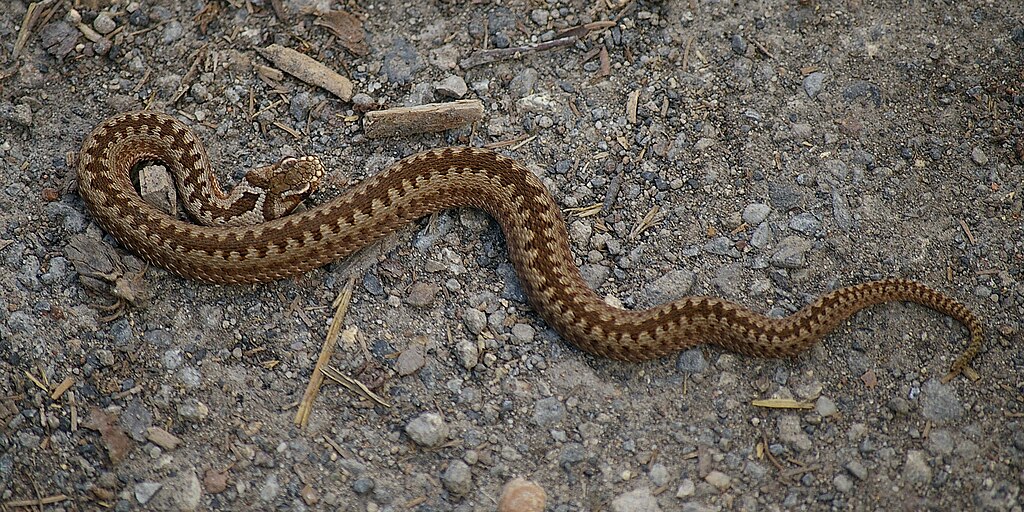
The study of snake wrapping behaviors represents a rich area for ongoing research, with several promising directions for future investigation. Advanced imaging technologies like X-ray Reconstruction of Moving Morphology (XROMM) offer unprecedented opportunities to visualize the internal mechanics of snake wrapping behaviors, potentially revealing subtle distinctions between restraint and constriction that remain invisible to external observation. Comparative genomic approaches may help identify genetic underpinnings of different wrapping behaviors, potentially revealing the molecular basis for behavioral evolution in snakes. The burgeoning field of snake cognition research presents opportunities to explore the decision-making processes that guide wrapping behavior, particularly how snakes assess prey characteristics and adjust their restraint techniques accordingly. Multi-generational studies examining how wrapping behaviors develop in captive snake populations could provide insights into the interplay between innate programming and learned components of these complex behaviors. As research methodologies continue to advance, our understanding of the nuanced differences between wrapping and constricting will undoubtedly deepen, further illuminating these fascinating adaptations.
Conclusion
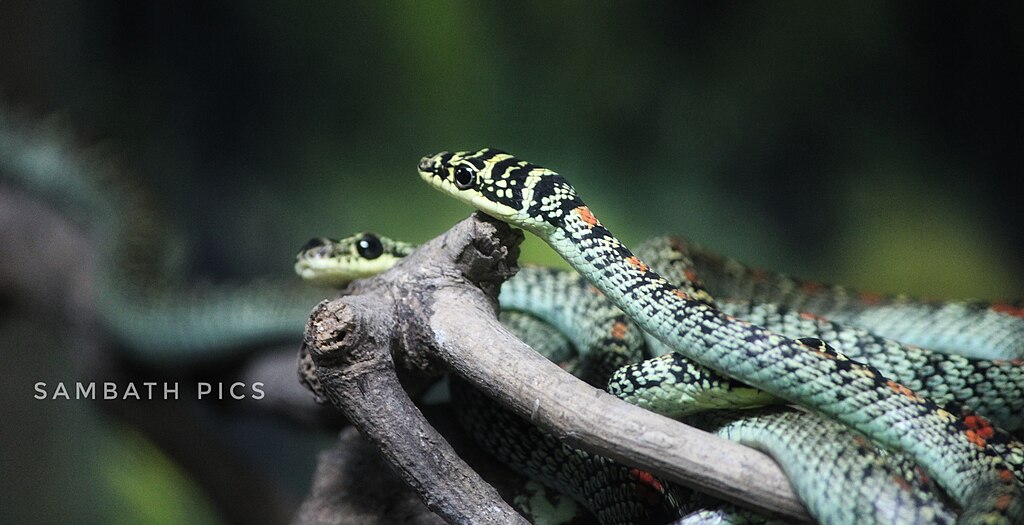
The distinction between wrapping and constricting in snakes reveals the remarkable diversity of hunting strategies that have evolved within this group of reptiles. Rather than representing a simple binary choice, these behaviors exist along a spectrum of predatory techniques that snakes employ based on their physiological capabilities, prey characteristics, and environmental conditions. From energy-efficient restraint wraps to defensive positioning during feeding, non-constricting wrapping behaviors demonstrate the sophisticated adaptations snakes have developed to thrive in countless ecological niches worldwide. Understanding these distinctions not only enriches our appreciation for snake biology but also provides valuable insights into the evolutionary processes that shape predatory behavior across the animal kingdom. As research continues, we may discover even more subtle variations in how snakes use their remarkable bodies to capture, control, and consume prey, further highlighting their status as one of nature’s most successful and adaptable predator groups.

